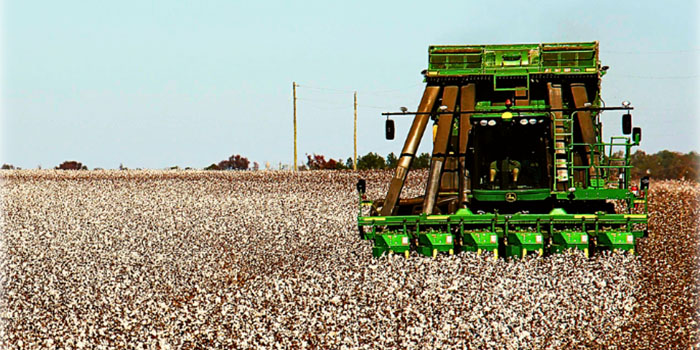By Brad Haire
University of Georgia
Georgia peach farmers are almost halfway finished harvesting
their famous crop for this year. Volume is up. The sugar is
high. And prices are good, says a University of Georgia
specialist.
“Georgia’s peach crop looks great, and the quality is really
good this year,” said Kathy Taylor, a UGA Cooperative Extension
peach horticulturist.
Georgia farmers expect to pick 50,000 tons this year, about 25
percent more than last year, according to the Georgia
Agricultural Statistics Service. A cool, wet spring in 2005
caused disease problems for last year’s crop.
Georgia’s peach trees got the number of chill hours (hours below
45 degrees Fahrenheit) this winter they needed to prepare for a
good summer crop, Taylor said.
A dry, warm spring and early summer this year forced peach
farmers to irrigate their crop more, she said. About 65 percent
of Georgia’s 16,000 acres are irrigated.
Though the weather may keep total production below expectations,
Taylor said, it was perfect for peaches to make sugar and good
flavor.
“Too much water dilutes the flavor,” she said, “much like too
much water in a Kool-Aid recipe.”
The flavor of peaches in south Georgia is influenced by weather
starting in late March. For peaches grown in middle Georgia,
it’s late April.
“Consumers may be able to notice that Georgia peaches are a
little sweeter this year,” she said.
Peach brokers like to buy peaches with a total sugar content of
more than 12 percent. Georgia’s peaches are consistently coming
in above that this year, she said.
“The buyers like that they’re getting good-flavored peaches,”
she said.
And they’ve been willing to pay for them, she said. Brokers have
been paying around $15 per half-bushel, or about 24 pounds, a
decent price for this time of year.
Along with Georgia’s good quality, a poorer-than-expected
California crop has helped keep prices up, she said.
Barely adequate chill hours and a cool, wet spring has hurt
California peaches. California, the No. 1 U.S. peach-producing
state, is expected to produce 380,000 tons, about 21 percent
less than last year, according to the U.S. Department of
Agriculture.




